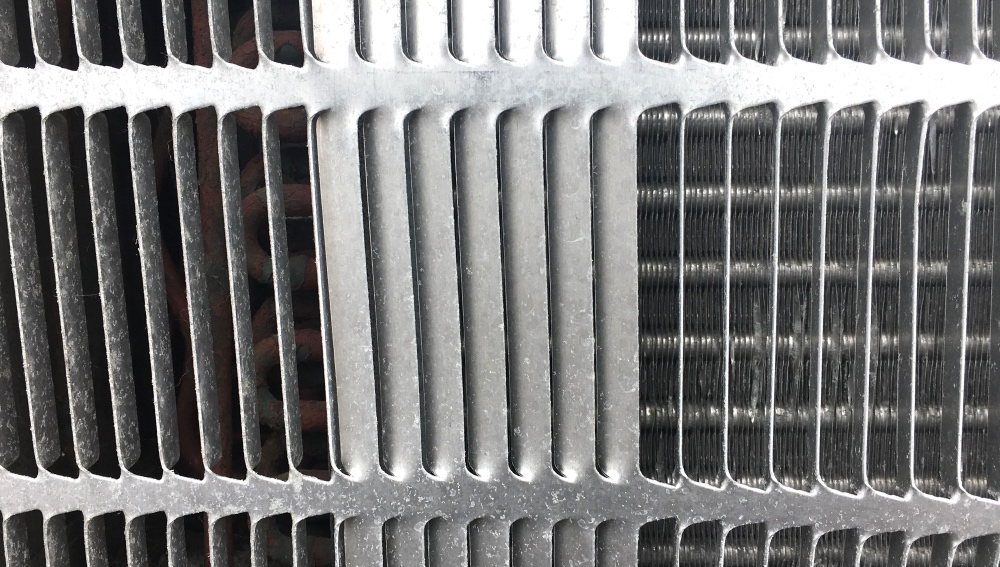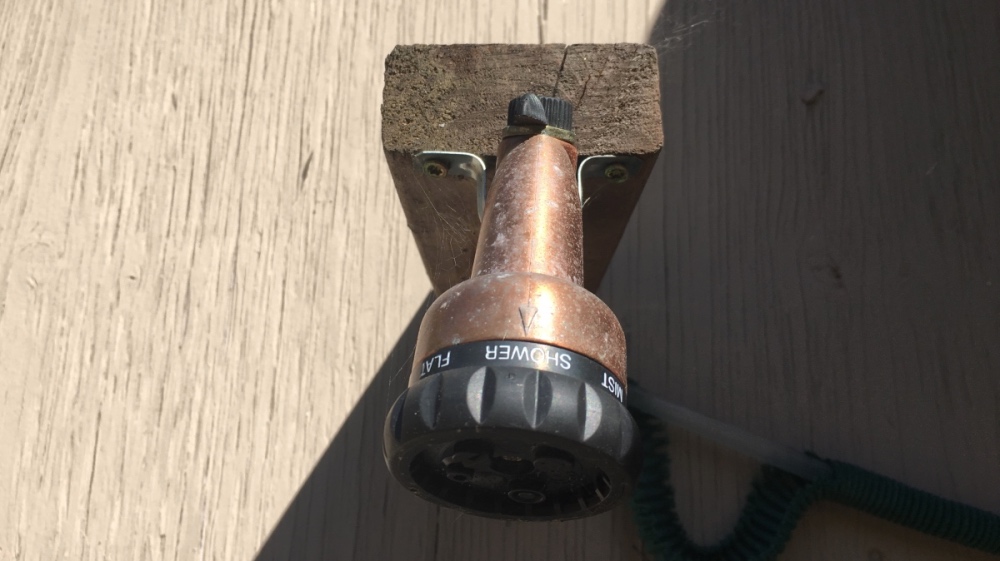A recent report from the Australian think tank Breakthrough evaluates global warming as existential threat to human civilization. The report says it is essential to build a zero emissions system. Global mobilization is needed quickly to reduce the risk. While reading this I got very scared. But then I asked myself if there was good news as well?
I think the good news is that we know how to reduce greenhouse gas emissions that lead to global warming. In his fantastic book Drawdown, Paul Hawken and a team of over 70 researchers from all over the world list 100 solutions to address global warming.
On place number 1 is refrigeration management, so your air conditioner, fridge, and freezer. The chemicals used to cool the air are greenhouse gases that do harm during production, servicing, when they leak, and especially during disposal. Out of all 100 solutions, refrigeration management can avoid or remove the most amount of greenhouse gases. So let’s look into this. How can we design air conditioners without harmful chemicals?
This week we are highlighting a team from Singapore. Ernest Chua teamed up with three other researchers from the National University of Singapore. Together they are developing an air conditioner that works without harmful chemicals, in fact, it uses water to cool down the air. Here is how it works:

The first step is to dehumidify the air by directing it though a membrane. A nice side effect is that they are able to capture the water, which is almost as pure as bottled drinking water. After that, the dry hot air goes through a water-based evaporative cooler. The cold air is then released to the room.
I’m happy to report that a totally green air conditioner that is chemical free and does not emit heat to the environment is a possibility.
Ernest Chua at his talk at the World Economic Forum 2019
The sustainable air conditioner consumes 40% less electricity and can cool a space as low as 18 °C (64 °F). Ernest and his coworkers are now working on iterating their working prototype. There is huge market for air conditioners worldwide. Unfortunately, with raising temperatures, more and more air conditioners are needed.
What I like most about this project is that is helps in two ways. First, they don’t heat up the environment and second, they don’t use chemical refrigerants. I’m excited about their next steps and hope they are ready to cool down the world soon!
Sign up for weekly inspiration right in your inbox



